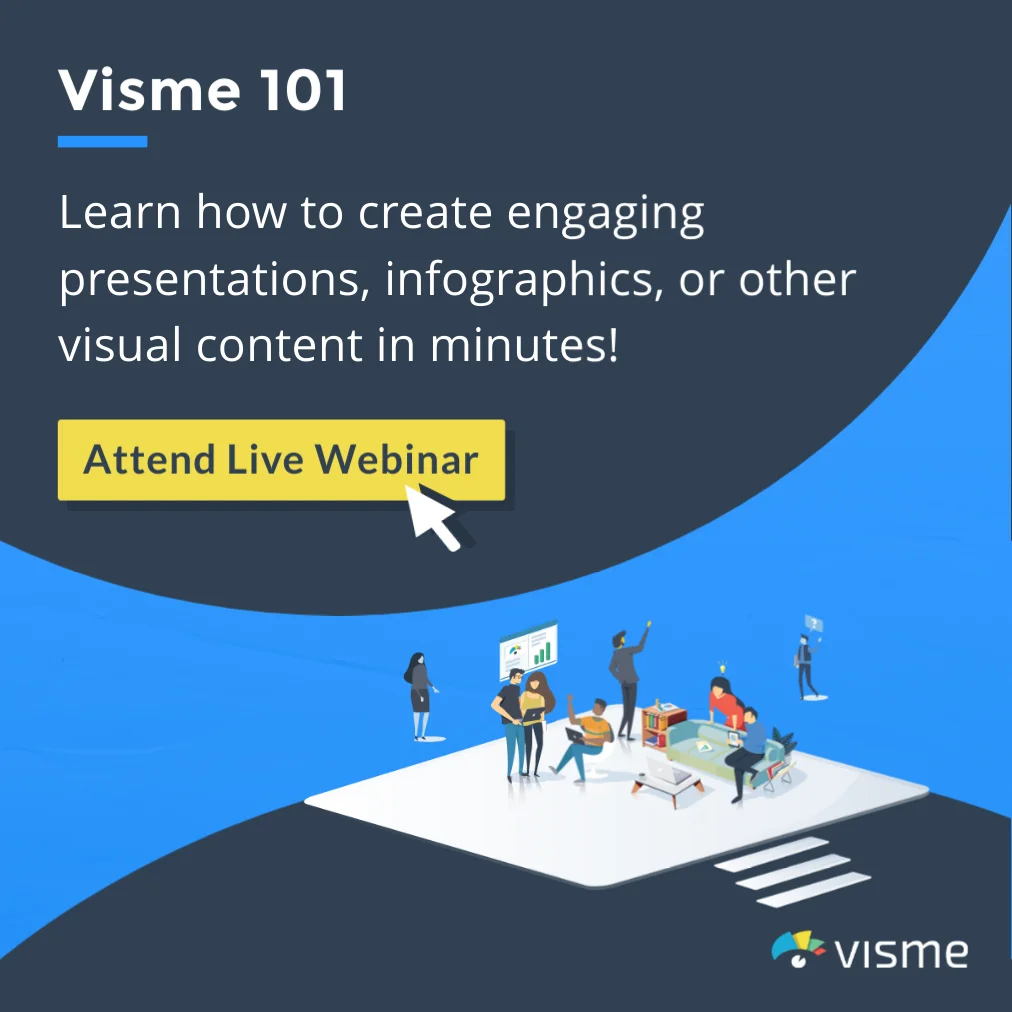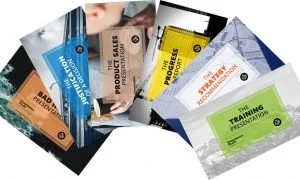The Most Successful Ways to Answer Questions From Your Audience


Every presenter will eventually have to deal with questions from an audience, but what are the best ways to prepare for the questions they may ask? In this article Simon gives a few tips to make sure you’re always ready to answer your audience’s questions effectively, and with confidence.
Let’s face it, presentations are scary. And that’s quite right – they should be. Nerves show you care. If you’re not nervous, why are you bothering? I’ve met good presenters and I’ve met presenters who aren’t nervous: I can count the number of presenters who are in both camps on the thumbs of one foot.
So far, so obvious. But when I ask clients what the most scary bit of presentations is, they most common answer I get is, the questions section.
If I probe deeper, the reasons it’s the most nerve-wracking include things like:
- I can control the rest of the presentation but not this bit
- I can’t rehearse the questions – or the answers!
- I have to think too fast
- I might not know the answers
- I might find out people didn’t like it
- I might have made a mistake
The scary bit, then. The bit of the presentation which brings even experienced presenters out in a cold sweat. Before we get into the tools and techniques for handling questions, let’s look at some of these, very quickly. We can shoot a few of these issues down without breaking sweat – particularly the last few…
Get your ego out of the way
Let’s face it, if you’ve made mistakes, wouldn’t you like to know? If you’d rather people didn’t tell you that you’ve screwed up, you’re not ever going to get a job on my team. The same is true if you’d rather not know that people didn’t like it. Grow up.
And while we’re at it, if you don’t know the answers, that’s fine. Not ideal, but it’s not the end of the world. So long as you know enough, it’s okay. Not knowing the answers is only a problem if you don’t know too many of the answers.
So let’s move on and look at bit more at the ‘real’ issues.
Celebrate
The first thing to say is that more or less any and all of the tricks you learn as a presenter for handling nerves can be used at the start of questions. At the moment when you invite the questions, do your nerves-control-techniques, just like you did at the start of the presentation. (If you don’t have any, pay me to learn some 😉 )
The second key point is very simple. People only ask questions for one of two reasons. Firstly, to show off and secondly because they’re interested. The first group will be transparent to the audience, so don’t lose any sleep over anyone whose ego is bigger than their common sense. The second group, those who ask questions because they want to know more, are to be celebrated. They’re a good thing. Honestly.
Remember, people only ask questions if they care. The very fact that they’re asking questions is a great thing because it shows you did the key thing a presentation is supposed to do – you got them interested. When the questions happen, allow yourself a little smile inside. Result!
Predicting the future – and guessing the questions
But what about this idea that you don’t know what the questions are going to be?
Sorry, but that’s tosh. You might not be able to predict exactly what question, but you can certainly predict the sort of question. A structured, sensible process for designing your presentation – whatever process you use – will certainly throw up more content than you can fit into your presentation. The process of designing your presentation should start off by deciding what to remove.
Chances are, the questions you get will lie in that area you’ve cut out. And if that’s the case, you know what the content is, so you can design your answers just like you’d design the rest of your presentation. Simple.
Well yes… but just because it’s simple doesn’t mean it’s easy. Just ask anyone who’s ever tried to lose weight. The rules of “Eat less: move more” are simple – but not easy!
So let’s break it down a bit to make it more practical. I’m going to start by looking at how to handle the worst case scenario… the blank head where you just don’t know the answer. (Note, I’m dealing with it first because it’s easy to get out of the way, not because it happens often!)
I have no idea
The worst case scenario is simply not to know the answer, so let’s deal with that first. The best way I’ve ever found to handle this issue is to be honest about it, but to respond in a very structured way, so that my credibility stays intact. The formula is this:
- I don’t know, but it’s a good point
- so I’ll find out
- and if you give me your email address I’ll get back to you about it
- by lunchtime on Thursday
Obviously you change the time in the last part to be something you can handle. The first line is a simple admission that you’ve not got the answer to hand. The second part is where you start to recover. The last line is the critical one though. This is how you sound credible to the audience.
Try it for yourself: just say the first line and see how ‘shallow’ it sounds. Then start from the beginning and go through the first two lines. It’s better, but it’s not trustworthy. Finally, run through the whole set of lines and see how much more ‘weight’ the whole thing has when you make a specific promise.
It goes without saying that you need to deliver on that promise!
I still have no idea
A couple of alternative techniques are useful here, too… you can use these in a mix-and-match way.
- Open up to the audience. Try something like “That’ a very good question – what does everyone else in the room think?”. If you do it with enough style and you’ve used an approach up until that point which has been sufficiently collaborative and informal, it can work seamlessly.
- Use a broader-brush answer. Sometimes the question isn’t one that requires a very specific response. You’d be surprised how often one broad-brush answer can be applied to different questions. Take a few moments to consider if this is one of those times. If you’ve got (say) five or six such ‘generic’ answers sorted out in your head before you start your presentation you can often apply one of them instead of trying to improvise an answer.
Save yourself some thinking and PREP
Answering questions means you have to think hard and fast – about both the content of what you say and the way that you say it. One very handy trick is to use structured formulae to give your response a shape. That way you only need to think about the actual content – halving the work on your brain. Once you’ve learned these tools, not only will you love ‘em, you’ll spot them almost every time you listen to a political interview.
PPF
This formula is particularly handy for dealing with challenging questions: it stands for Past, Present and Future.
You use it like this:
- “You’re absolutely right to point out that in the past our response times have been too slow. It often took us up to a week to get back to users who emailed in with questions – although the average response time was only 36 hours.”
- “What we’re doing right now is investing in training 14 new members of the online help team. They’re all experts in the software already, so we’re just bringing them up to speed about how the helpdesk works.”
- “What this means that starting next Monday we’ll have a bigger response team standing by, as these new people come on-stream: they should all be up-and-running within only ten days.”
(Numbers 1, 2 and 3 representing Past, Present and Future, in this example.)
PREP
This is the most subtle of the formulae, and it stands for Point, Reason, Example, Point. The last point is a restatement of the first one to really hammer it home, not a new point.
The Reason section of your response deals with big picture, data and statistical responses. It puts a logical set of facts to your audience. To make it more impactful with your audience you need to back it up with an Example. Finally you recap your Point.
This example shows you how I used it to respond to a challenging question about women’s rights from someone who was genuinely surprised that women and (more or less) equal rights to men in the UK, including being able to vote…
- “Do I believe women should have the right to vote? Yes, absolutely!”
- “Let’s face it, women make up a bit over half the population of the country and they bring in about forty-eight percent of our GDP – nearly half the money they country gets in.”
- “In fact, in my own household, my wife has a great job and bring in nearly twice the amount I do. It makes her the economic head of the household, although we don’t think of it in those terms. It would seem daft to have the economic head of the household able to vote!”
- “So yeah, absolutely, I think women should vote!”
I’ve labeled the PREP parts as numbers 1 to 4 so you can see what’s what, but the words should flow naturally.
Summary
That’s it. Actually it’s not – there’s always more to be said… but it’s a great start.
Predict your questions, prepare your answers. Celebrate them when you get them, and use formulae to help you structure your answers. You’ll be great!
Don’t finish with questions
It all too easily means your presentation gradually runs out of energy and finishes with a whimper. Better to end with a bang. What I do is to take the questions and then when there are (almost) no questions left, go back into ‘delivery’ mode to give a very (very!) brief summary before wrapping up with my trademark close. It means the presentation finishes with high energy, on my terms…













